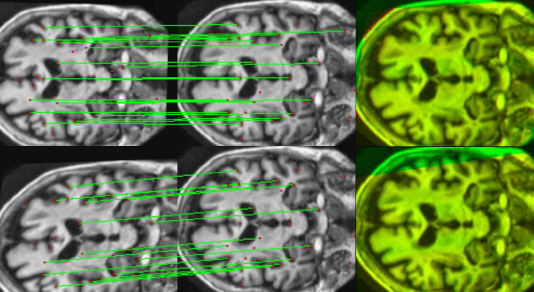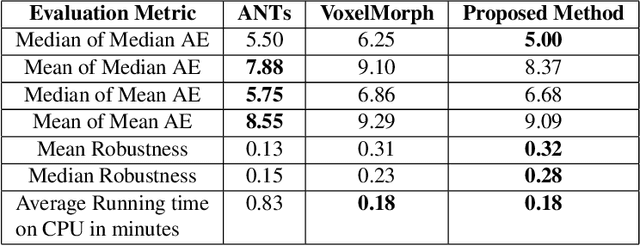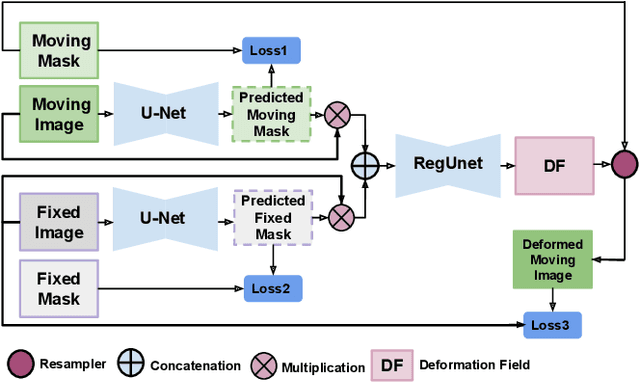Mohit Meena
Utilizing Radiomic Feature Analysis For Automated MRI Keypoint Detection: Enhancing Graph Applications
Nov 30, 2023



Abstract:Graph neural networks (GNNs) present a promising alternative to CNNs and transformers in certain image processing applications due to their parameter-efficiency in modeling spatial relationships. Currently, a major area of research involves the converting non-graph input data for GNN-based models, notably in scenarios where the data originates from images. One approach involves converting images into nodes by identifying significant keypoints within them. Super-Retina, a semi-supervised technique, has been utilized for detecting keypoints in retinal images. However, its limitations lie in the dependency on a small initial set of ground truth keypoints, which is progressively expanded to detect more keypoints. Having encountered difficulties in detecting consistent initial keypoints in brain images using SIFT and LoFTR, we proposed a new approach: radiomic feature-based keypoint detection. Demonstrating the anatomical significance of the detected keypoints was achieved by showcasing their efficacy in improving registration processes guided by these keypoints. Subsequently, these keypoints were employed as the ground truth for the keypoint detection method (LK-SuperRetina). Furthermore, the study showcases the application of GNNs in image matching, highlighting their superior performance in terms of both the number of good matches and confidence scores. This research sets the stage for expanding GNN applications into various other applications, including but not limited to image classification, segmentation, and registration.
WSSAMNet: Weakly Supervised Semantic Attentive Medical Image Registration Network
Mar 05, 2022

Abstract:We present WSSAMNet, a weakly supervised method for medical image registration. Ours is a two step method, with the first step being the computation of segmentation masks of the fixed and moving volumes. These masks are then used to attend to the input volume, which are then provided as inputs to a registration network in the second step. The registration network computes the deformation field to perform the alignment between the fixed and the moving volumes. We study the effectiveness of our technique on the BraTSReg challenge data against ANTs and VoxelMorph, where we demonstrate that our method performs competitively.
 Add to Chrome
Add to Chrome Add to Firefox
Add to Firefox Add to Edge
Add to Edge